Geo-Scatter 5.5 Cracked (Blender 4.2) 2024 Update Download
Lastest Release : The new features of Update 5.5
Geo-Scatter 5.5 is here! In this release, we introduce new distribution modes, brand new features such as the imprint simulation or ecosystem density, new manual mode brushes, important options such as normal smoothing and much more!
Premium Features
There is an incredible amount of features packed in this plugin, here is a glimpse of the functionalities available here below.
Effortless
As the first big scattering toolset of blender, we have developed an effective and proven system over the past years. It’s very easy! Select any objects you’d like, choose your distribution preset, then just click on “Scatter”. Who told you that Scattering was difficult? This operator now supports the new asset browser!
ID Maps
The texture pattern feature now supports multiple scatter-users per texture at the same time, influence by sampling colors has also been implemented, making this feature ideal for green-walls or flower-mats. ID maps is also a very useful way to control multiple scatters from one painting layer.
Flexible
The new flexible features of Geo-Scatter can be used in many various use cases, the only limit is your imagination! For example, use the rotation snap slider to scatter hard-surface greebles on your mesh.
Editable
Geo-Scatter new “manual distribution mode” was born out of a simple idea: We wanted to create an alternative distribution workflow for artists, where users are able to paint instances like painting on a canvas, with a set of various brushes to choose from, that will add, alter or remove matter.
Blender Compatibility: Blender 4.2 LTS & Blender 4.3
Retro Compatibility: Accepts system(s) made with Scatter 5.0/5.1/5.2/5.3/5.4/5.5
Credit: Hero Artwork by Maarten Nauta
Release-Notes: In this major release, we introduce 3 new distribution methods and important new features, such as ecosystem density, or proximity imprint simulation and many others changes, improvements, and fixes.
Compatibility-Notes: Some settings have changed since previous versions, expect changes when updating your scatters.
New-Feature: 3 new distribution methods
‘Bezier-Area’ Scatter within the inner area of a selected bezier object, then optionally project the distribution into your chosen surface(s). Because the distribution is generated first on a curve object, then projected on your surface(s) the workflow allows you to distribute on areas of extremely large terrains with no issues.
‘Bezier-Spline’ Scatter on a chosen spline, with various options and submethods available. Option to project on your chosen surface(s) also available. This distribution method is also available on the ‘on creation’ settings menu located in the creation panel: You are able to directly paint a curve spline mask for biomes if the paint method is set to draw spline.
‘Empties’ Choose a collection of empties, and instantiate objects on them. Option to project on your chosen surface(s) also available.
New-Feature: Rework of the ‘In Volume’ distribution method. Now supporting random or grid distribution submethod.
New-Feature: New ‘Efficient Distribution’ option available for the camera culling feature. Enabled by default, this option significantly boost your compute speed when working with large terrains.
New-Feature: New ecosystem density feature, scatter only on dense/scarce areas of chosen scatter-systems.
New-Feature: New manual mode brushes
‘Line’ distribution brush. Draw points at regular interval along a straight line projected from the global Z axis.
‘Lasso Delete’ removal brush. A new lasso deletion brush.
‘Push’ translation brush. Push manually distributed instances around depending on the direction of your brush-strokes.
‘Split’ translation brush. Create a pathway between manually distributed instances. Press CTRL for the reverse effect.
‘Attract’ translation brush. Attract manually distributed instances together. Press CTRL for the reverse effect.
‘Turbulence’ translation brush. Randomly push the location of manually distributed instances around, great if you’d like to create a random.
New-Feature: New ‘smoothing’ options, handy if you’d like your effects to not be influenced by the slightest mesh imperfection of your surface(s). Available for the ‘rotation align normal/tangent downslope’ and ‘abiotic slope/orientation/curvature’ features.
New-Feature: Enhanced and improved Wind-waves features with new options and sliders. You are now able to create wind patterns that also tilt on its sides instead of tilting unilaterally facing the general wind-wave texture direction.
New-Feature: New proximity imprint simulation option for the proximity repel features. Create an imprint effect from passing colliders. (This option requires an animation running).
New-Feature: Automatic data-transfer of surfaces attributes when using these new distribution methods, also for manual mode distribution. (previously it was required of users to click on an operator to transfer the surface’s attributes).
New-Feature: New methods for the align Z/Y axis features, in order to align the rotation instances to the active camera.
New-Feature: Improvement of the offset features. Now featuring new local/global spaces methods, seeds, and a reworked ‘random’ offset method, previously called ‘noise animation’.
New-Feature: For features relying on the active camera (such as camera visibility) the camera update behavior drop-down enum now features a new ‘real-time’ option. When choosing this option, the Geometry-node scatter engine will use the recently added ‘Active Camera’ input node instead of relying on our plugin constantly feeding camera transforms information. So use this feature if you’d like to send your .blend file to a cloud render.
New-Feature: Better passive data management:
We now support appending/linking scatters from other .blend files. To do so, simply append or link scatter_obj or emitters from your other files.
We now support duplicating scenes containing scatters. Behavior when scattering across multiple scenes is improved.
We now support cross ‘.blend’ file copy/pasting of objects containing scatter systems. Use the CtrlC/CtrlV shortcuts on an emitter or a scatter object (‘scatter_obj’ objects containing the instances scatters) from one file to another.
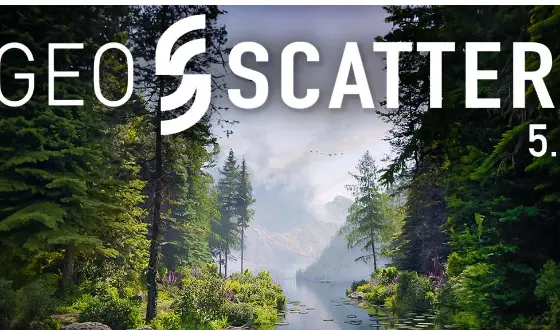
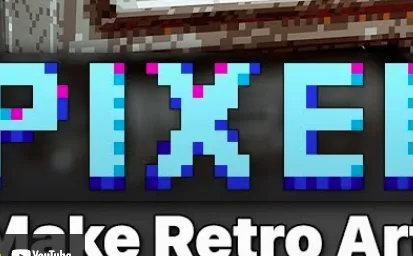
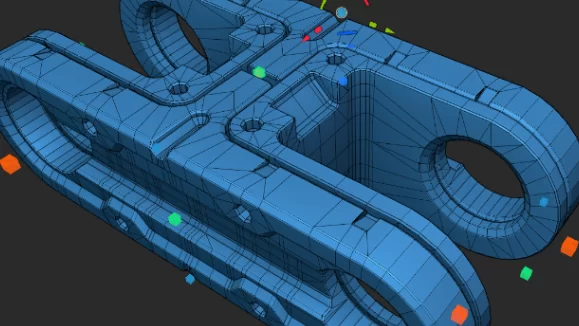

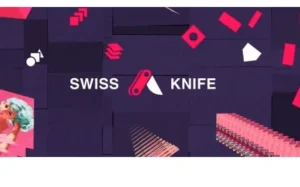
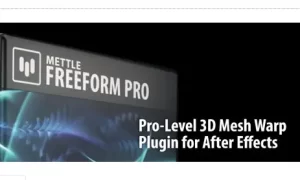
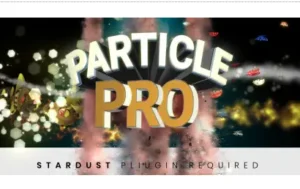
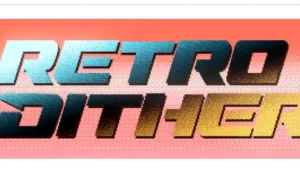
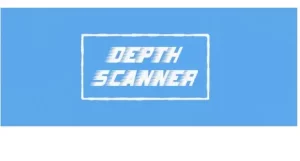
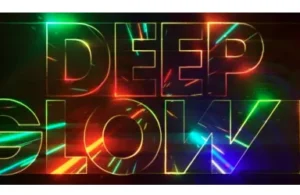
Post Comment